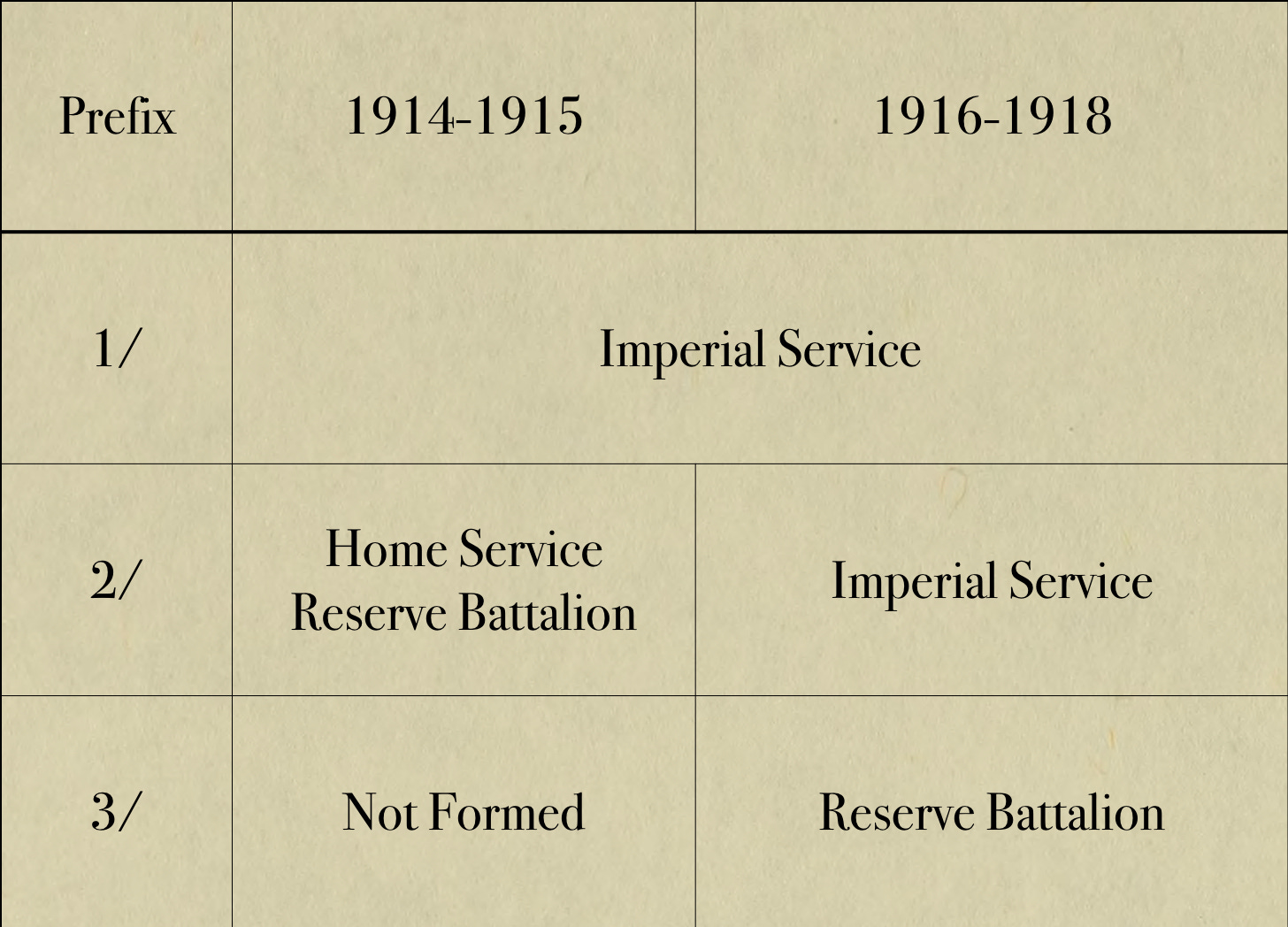The Haldane reforms provided the United Kingdom with two separate armies. The Regular Force, composed of full-time professionals and reservists who had performed several months of continuous training, was optimized for active service overseas. The Territorial Force, made up of men who trained on a part-time basis, was exclusively concerned with the immediate defense of the British Isles.
Upon enlisting, Regulars made a commitment to serve wherever in the world they might be sent. Territorials, however, could not be sent beyond the borders of the United Kingdom without their explicit consent.
Soon after the adoption of these reforms, their architect, Secretary of State for War Richard Burdon Haldane, began a campaign to encourage Territorials to waive this limitation. However, by the time Viscount Haldane left office (in 1912) he had managed to convince no more than eight percent of the members of the Territorial Force to volunteer for ‘imperial service’.
In August of 1914, the outbreak of war, and, in particular, fears of invasion, convinced a large number of men to enlist in the Territorial Force. At the same time, a growing appreciation of the global character of the conflict led many Territorials to waive their right to serve at home.
By the end of the first month of the war, these two developments made possible the division of all infantry battalions of the Territorial Force into two parts, a ‘first-line’ unit composed of men who had volunteered for ‘imperial service’ and a ‘second-line’ unit made up of recruits, home-service men, and men surplus to the immediate needs of the first-line battalion. (In other words, the second-line units did for Territorial Battalions what the Regular Force reserve battalions did for the infantry battalions affiliated with them.)
Each unit formed by this process retained the title of its predecessor. However, in order to distinguish first-line units from their second-line counterparts, each added another number to its name. Thus, the first-line battalion formed by the '14th Battalion (London Scottish) of the London Regiment’ became the ‘1/14th Battalion (London Scottish) of the London Regiment’ while its second-line sibling became the ‘2/14th Battalion (London Scottish) of the London Regiment’.
In the first half of 1916, a pair of Military Service Acts made all members of the Territorial Force, and thus all second-line battalions, available for imperial service. It also created a need for organizations able to fulfill the duties previously performed by second-line battalions. Thus were born the ‘third line’ battalions, which obtained their designations by attaching ‘3/’ to the name of their parent battalion.
For Further Reading:
To Share, Subscribe, or Support:










